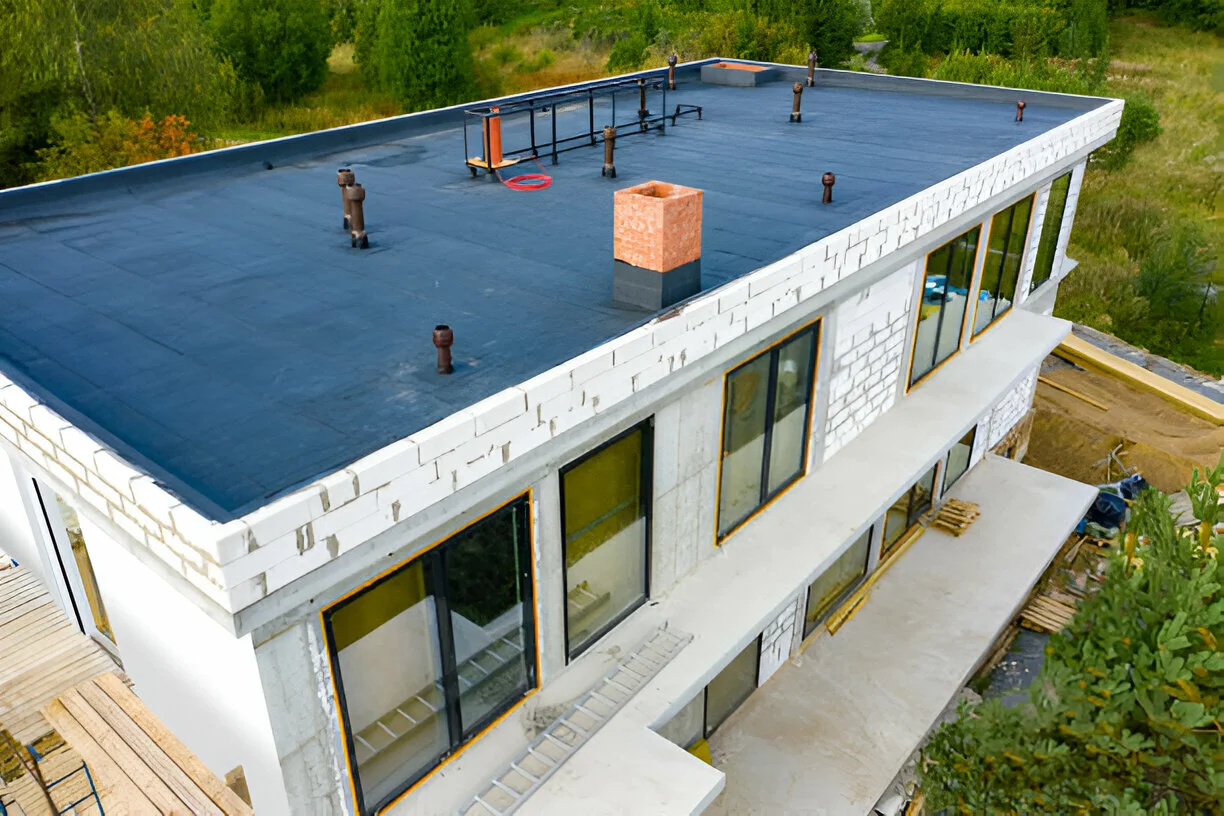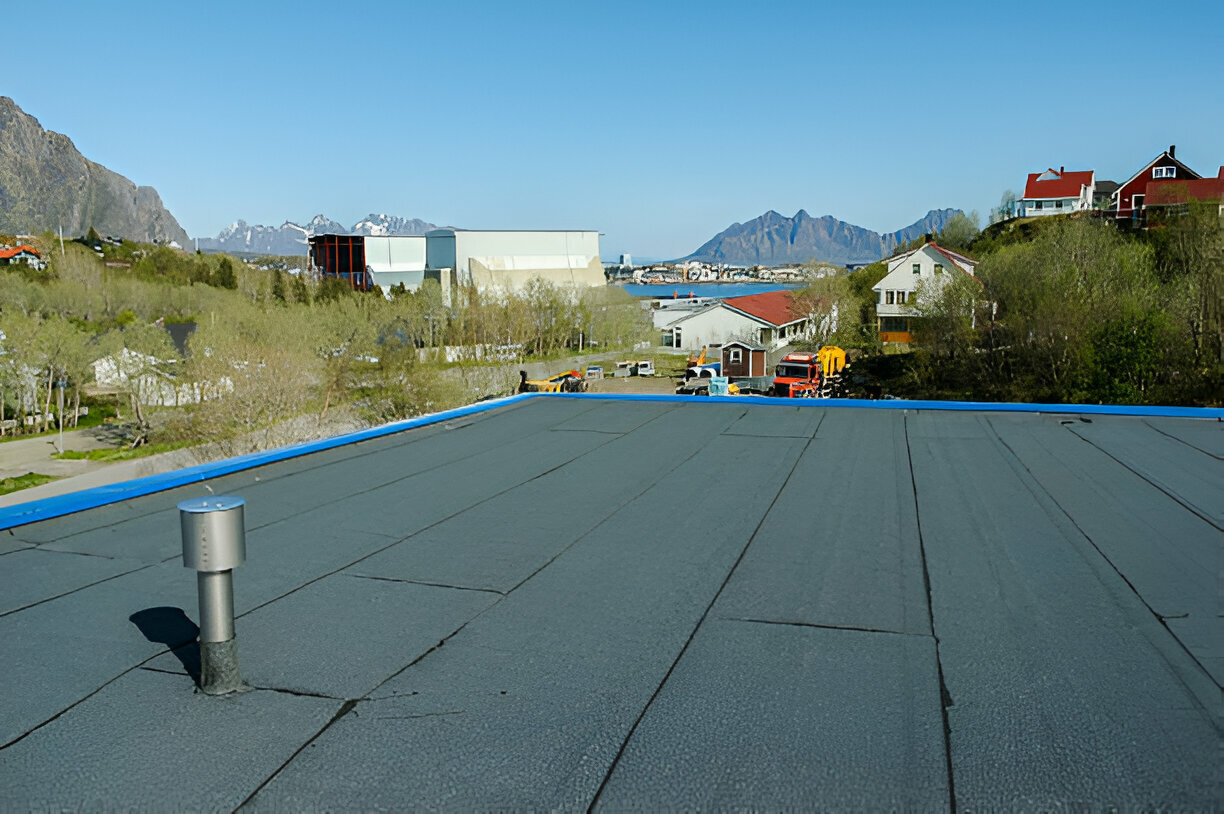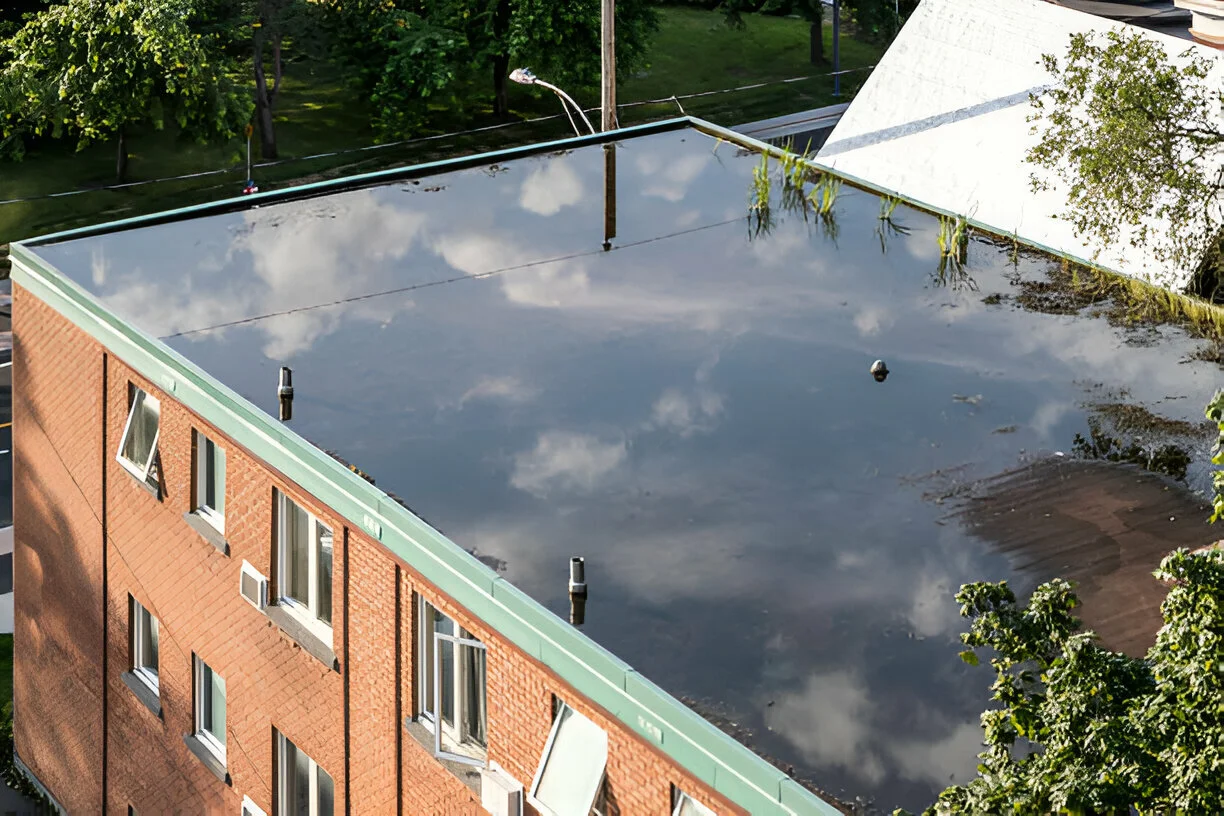Flat roofs can look very modern, but because their slope is not
great, water is more likely to get in. A minor leak can cause
major damage to your house if it is not fixed fast. Regular checks
help find little problems early and solve them before they develop further.
Figuring out Which Gasket Is Leaking
Discovering the leak on a flat roof is not easy, as water may
move across the roof before falling into the building. Check
the surface of your roof for any blisters, cracks or holes that
you can see right away. Be sure to look carefully at regions around
roof penetrations and seams, as they are areas where most leaks happen.
Get the area with damage ready
As soon as you find the leak source, completely clean up
the affected area. Brush away any debris, dirt or material
that isn’t attached to the surface. Wait for the wall or floor
to dry before repairing, since moisture can stop the repair
materials from bonding. If your carpet has tough stains,
apply a diluted detergent, rinse and dry the area.
Putting on the Roof Patch
If you have a small hole or crack, a roofing patch kit is an
easy answer. Allow yourself enough roofing membrane or
patch to cover the damaged spot with a bit extra. First,
spread roofing cement on the affected area, place the
patch firmly over it and press to help it stick. After flattening
air bubbles, place another layer of roofing cement over the edges
to cover the patch.
Making Sure the Seal Lasts
After patching, you should check that water can’t get through.
Use a roller or an instrument that fits the same shape to push
the patch tightly into place. admittedly, but one needs to check
and follow the details of the broken crack. Examine the repaired
spot, especially right after strong rain, to check it is still intact.
Tips to Help Your Microwave Last
Frequent maintenance of your flat roof is important to protect it
against leaks. Making sure the roof is free of debris helps it stay
dry and protected from problems. Check that water can drain
properly, so it doesn’t collect. It’s wise to check the exterior after
severe rain or wind so that you notice and fix any problems early.

Selecting the Appropriate Repair Materials
Choosing repair materials requires particular attention. If you
wish to achieve a permanent solution. For small holes, roofing
cement or sealant compatible with your roof type is essential.
For larger patches, ensure the patch material matches your
existing roofing membrane. Employing the appropriate materials
guarantees a durable and lasting repair.
Final Thought
Fixing a small hole in a flat roof isn’t too complicated for most
homeowners as long as it’s done step by step. Acting fast on small
damage and having the roof maintained often helps avoid major
problems and increases the roof’s lifespan. But if you’re not sure
how to fix the roof or the problem is serious, you should have a
professional like us check it out to do the work safely and accurately.
Frequently Asked Questions (FAQs).
Q: Is it possible for me to repair a leak on my flat roof myself?
Many homeowners can fix small leaks and holes with the proper
sealant and method.
Q: What resources do I use for patching a flat roof?
Typically, you’ll need roofing cement, a patching membrane, a utility knife,
a brush and a roller to apply the new patch.
Q: For how long is a patch repair likely to last?
Even though patches are meant to last a few years, having them
checked regularly is important.
Q: When is it important to consult a professional?
If the damage is serious, if you can’t handle the repair yourself or if
your past DIY roofing didn’t work, call on a professional roofer instead.
Q: How can I stop my home from leaking in the future?
Paying attention to any debris, making certain the drainage is
correct and inspecting early on can avoid future leaks.



